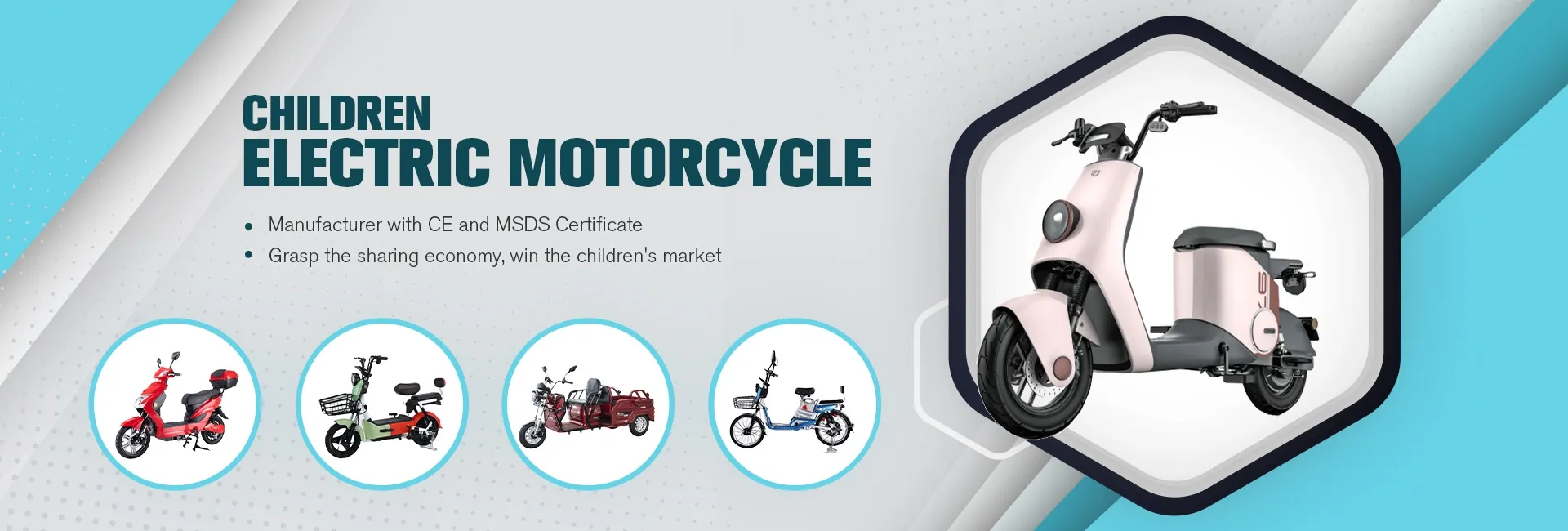
- Afrikaans
- Albanian
- Amharic
- Arabic
- Armenian
- Azerbaijani
- Basque
- Belarusian
- Bengali
- Bosnian
- Bulgarian
- Catalan
- Cebuano
- Corsican
- Croatian
- Czech
- Danish
- Dutch
- English
- Esperanto
- Estonian
- Finnish
- French
- Frisian
- Galician
- Georgian
- German
- Greek
- Gujarati
- Haitian Creole
- hausa
- hawaiian
- Hebrew
- Hindi
- Miao
- Hungarian
- Icelandic
- igbo
- Indonesian
- irish
- Italian
- Japanese
- Javanese
- Kannada
- kazakh
- Khmer
- Rwandese
- Korean
- Kurdish
- Kyrgyz
- Lao
- Latin
- Latvian
- Lithuanian
- Luxembourgish
- Macedonian
- Malgashi
- Malay
- Malayalam
- Maltese
- Maori
- Marathi
- Mongolian
- Myanmar
- Nepali
- Norwegian
- Norwegian
- Occitan
- Pashto
- Persian
- Polish
- Portuguese
- Punjabi
- Romanian
- Russian
- Samoan
- Scottish Gaelic
- Serbian
- Sesotho
- Shona
- Sindhi
- Sinhala
- Slovak
- Slovenian
- Somali
- Spanish
- Sundanese
- Swahili
- Swedish
- Tagalog
- Tajik
- Tamil
- Tatar
- Telugu
- Thai
- Turkish
- Turkmen
- Ukrainian
- Urdu
- Uighur
- Uzbek
- Vietnamese
- Welsh
- Bantu
- Yiddish
- Yoruba
- Zulu
Nov . 27, 2024 10:15 Back to list
Exploring the Best Designs for Electric Bike Frames in 2023
The Evolution of E-Bike Frames A Journey into Innovation and Durability
In the realm of modern transportation, e-bikes have emerged as one of the most popular choices for commuting and recreation alike. At the heart of every e-bike lies its frame, which plays a crucial role in determining the bike's overall performance, durability, and rider comfort. This article explores the evolution of e-bike frames, focusing on the materials used, design advancements, and the impact of these innovations on the cycling experience.
Materials Matter
Traditionally, bicycle frames were made from steel, aluminum, or carbon fiber. Each material offers unique benefits and drawbacks, particularly when it comes to e-bikes. As e-bikes gained popularity, engineers and designers sought to create frames that not only supported the additional weight of the battery and electric motor but also enhanced performance.
Aluminum has become a favored material for many e-bike manufacturers due to its lightweight properties and resistance to corrosion. Aluminum frames provide an excellent balance between strength and weight, allowing for agile handling while accommodating the added components of an electrical system.
Carbon fiber, while typically more expensive, has found its niche in high-performance e-bikes. Carbon frames are lighter than both aluminum and steel, providing an effortless ride that fosters efficiency. Additionally, carbon fiber offers extraordinary stiffness, translating into improved power transfer from the rider to the road.
Steel, on the other hand, is cherished for its robustness and resilience, making it ideal for heavy-duty e-bikes designed for rugged terrains. Many bike enthusiasts appreciate the comfort that steel frames provide, as they tend to absorb more vibrations from the road, resulting in a smoother ride.
Design Innovations
The design of e-bike frames has seen significant advancements over the years. Early e-bikes often featured bulky batteries and motors that were not well-integrated into the overall frame design. However, contemporary e-bikes sport sleeker, more aesthetically pleasing designs that discreetly incorporate these components.
Manufacturers have begun to adopt a mid-drive motor placement, which positions the motor near the bike's crank. This design not only improves the bike's balance but also enhances its handling capabilities. Riders can enjoy a more natural cycling experience, as the weight is centered and low, giving a sense of stability.
ebike frames

Integrated battery systems are another innovation driving the evolution of e-bike frames. Instead of bulky battery packs attached externally, frames are now designed to house batteries internally. This design choice protects the battery from the elements and reduces the overall weight of the bike, contributing to a sleeker appearance.
Rider Experience and Comfort
The developments in e-bike frame technology have directly impacted the rider's experience. A well-designed frame can significantly improve comfort, especially for those who ride longer distances or face challenging terrains. Ergonomic designs that cater to a wider range of body types help make cycling more accessible.
Suspension systems have also evolved to complement frame designs, especially in mountain e-bikes. Advanced suspension technology absorbs shocks from uneven surfaces, ensuring a safer and more enjoyable ride. Riders can traverse gravel paths, hills, and even trails without compromising their comfort.
Additionally, e-bike frames are increasingly being crafted with adjustable geometries to cater to varying rider preferences and types of usage. Adjustable seat posts and handlebars allow for a custom fit, ensuring that each rider can find their ideal riding posture, whether they are commuting to work or enjoying a leisurely weekend ride.
The Future of E-Bike Frames
As the e-bike industry continues to grow, so too will the innovations surrounding e-bike frames. Emerging materials such as titanium, which combines the benefits of both aluminum and steel, are being explored for their potential in providing an even greater balance of weight and durability.
Moreover, advancements in manufacturing technologies such as 3D printing could revolutionize the way frames are built, allowing for more intricate designs and more efficient use of materials.
In conclusion, the evolution of e-bike frames speaks to the growing demand for smarter, more capable transportation solutions. As manufacturers continue to innovate, riders can look forward to enhanced performance, greater comfort, and a more enjoyable cycling experience. The future holds exciting possibilities, making e-biking an increasingly attractive option for all enthusiasts.
-
The Ultimate Kids' Four-Wheeler Experience
NewsJul.09,2025
-
The Ultimate Guide to Mountain Bikes: Gear Up for Your Ride
NewsJul.09,2025
-
The New Age of Cycling: Electric Bikes for Every Rider
NewsJul.09,2025
-
The Best Kids Bicycles: Ride in Style and Safety
NewsJul.09,2025
-
The Best 3-Wheel Scooters for Kids: Fun, Safety, and Adventure
NewsJul.09,2025
-
Revolutionize Your Ride: Affordable Electric Bikes
NewsJul.09,2025
-
Finding the Perfect Mountain Bike for Every Rider
NewsJul.09,2025



